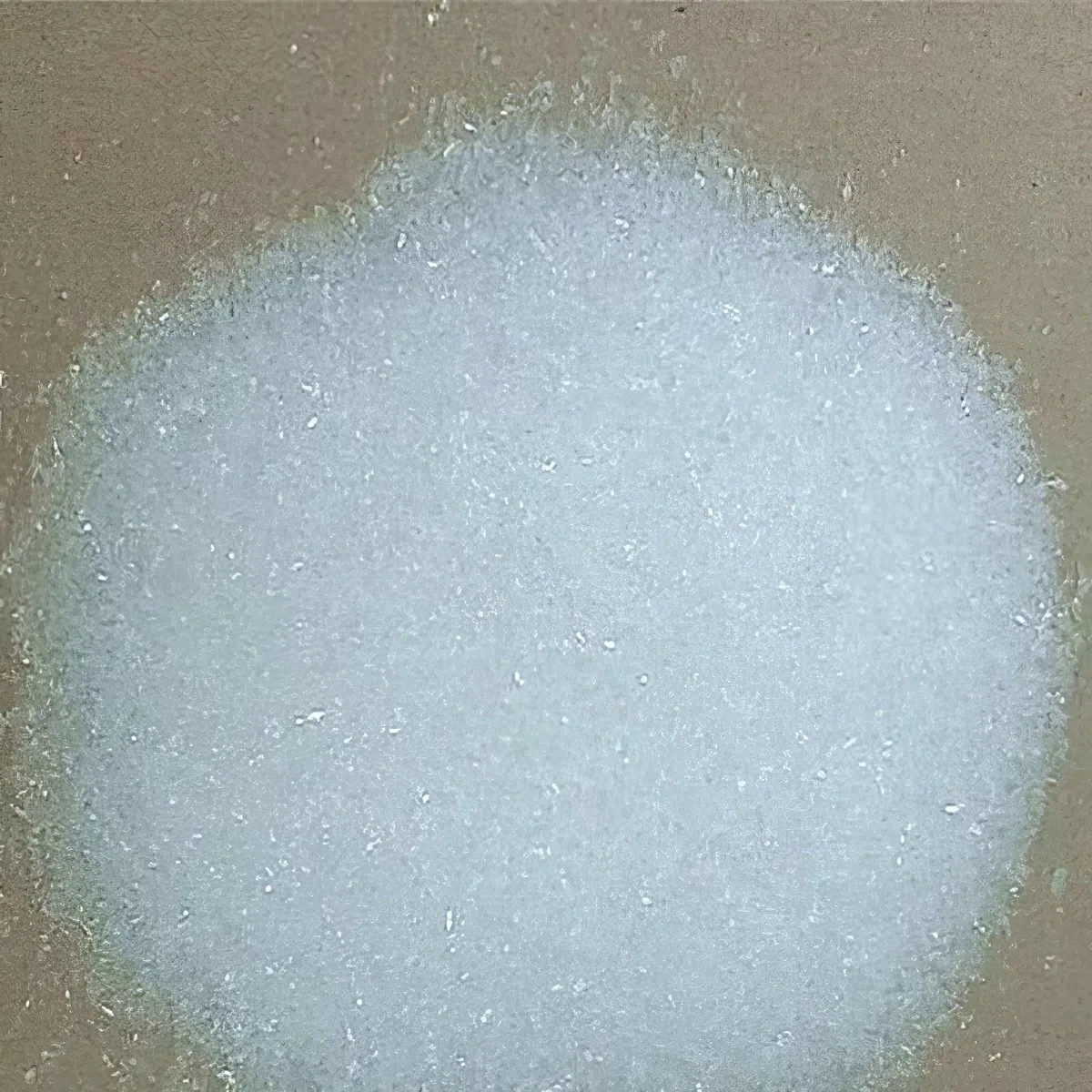



types of swimming pool water treatment
Types of Swimming Pool Water Treatment
Maintaining crystal-clear water in a swimming pool is essential for both aesthetic pleasure and health safety. Swimming pool water treatment involves various methods, each tailored to different types of pools and personal preferences. Here, we will explore some of the most common types of swimming pool water treatment methods.
1. Chlorine Treatment
Chlorine is the most widely used method for disinfecting swimming pools. It functions by killing bacteria and algae, ensuring that the water remains safe for swimmers. Chlorine can be added to the pool in several forms tablets, granules, or liquid. The dosage must be monitored regularly to maintain appropriate levels, typically between 1-3 parts per million (ppm). Although effective, chlorine can produce a strong odor and cause skin irritation, prompting some owners to consider alternatives.
2. Bromine Treatment
Bromine is another chemical alternative, similar to chlorine but often regarded as more stable at higher temperatures, making it a preferred choice for hot tubs and spas. Bromine has a less potent smell compared to chlorine and is gentler on the skin, making it suitable for those with sensitivities. However, bromine tends to be more expensive than chlorine and requires consistent monitoring and maintenance.
types of swimming pool water treatment

Saltwater pools use a salt chlorine generator to convert salt into chlorine. This method provides a more natural swimming experience, as the chlorine levels are typically lower, leading to softer water that is gentler on the skin and eyes. Saltwater systems require an initial investment but can save money on chemicals in the long run. The salt content also contributes to the water’s buoyancy, making swimming more enjoyable.
4. Ozone Treatment
Ozone treatment involves using ozone gas, a powerful oxidizer, to disinfect pool water. This method reduces the amount of chlorine required, ultimately leading to fewer chemical byproducts in the water. Ozone treatment is effective at eliminating bacteria and other pathogens quickly. However, ozone systems can be complex to install and maintain, so they are often used in conjunction with other treatments rather than as standalone solutions.
5. Ultraviolet (UV) Treatment
UV pool sanitization involves exposing water to ultraviolet light, which deactivates harmful microorganisms. This method effectively reduces the need for chemicals, providing a chemical-free alternative for water treatment. While effective, UV systems require a secondary sanitization method, such as chlorine or bromine, to manage residual contaminants.
Conclusion
Each swimming pool water treatment method has its unique advantages and challenges. The choice of treatment depends on several factors, including budget, pool type, and user preferences. Regardless of the method chosen, regular testing and maintenance are critical to ensure safe and enjoyable swimming conditions. By understanding these options, pool owners can make informed decisions that best fit their needs.
-
Why Sodium Persulfate Is Everywhere NowNewsJul.07,2025
-
Why Polyacrylamide Is in High DemandNewsJul.07,2025
-
Understanding Paint Chemicals and Their ApplicationsNewsJul.07,2025
-
Smart Use Of Mining ChemicalsNewsJul.07,2025
-
Practical Uses of Potassium MonopersulfateNewsJul.07,2025
-
Agrochemicals In Real FarmingNewsJul.07,2025
-
Sodium Chlorite Hot UsesNewsJul.01,2025










